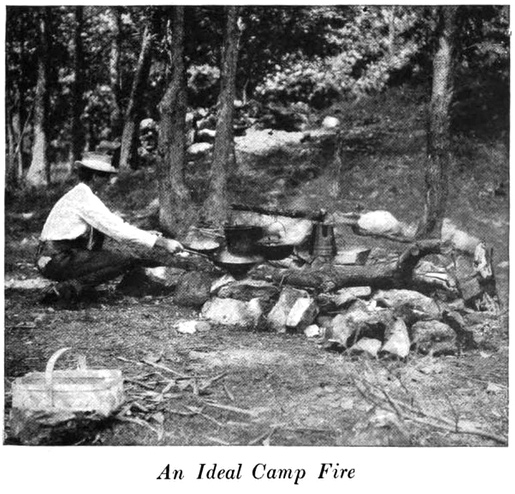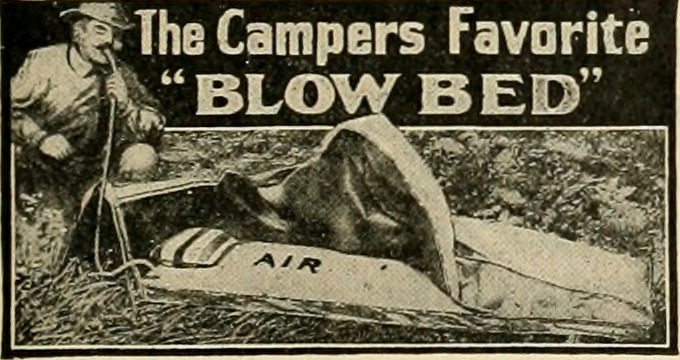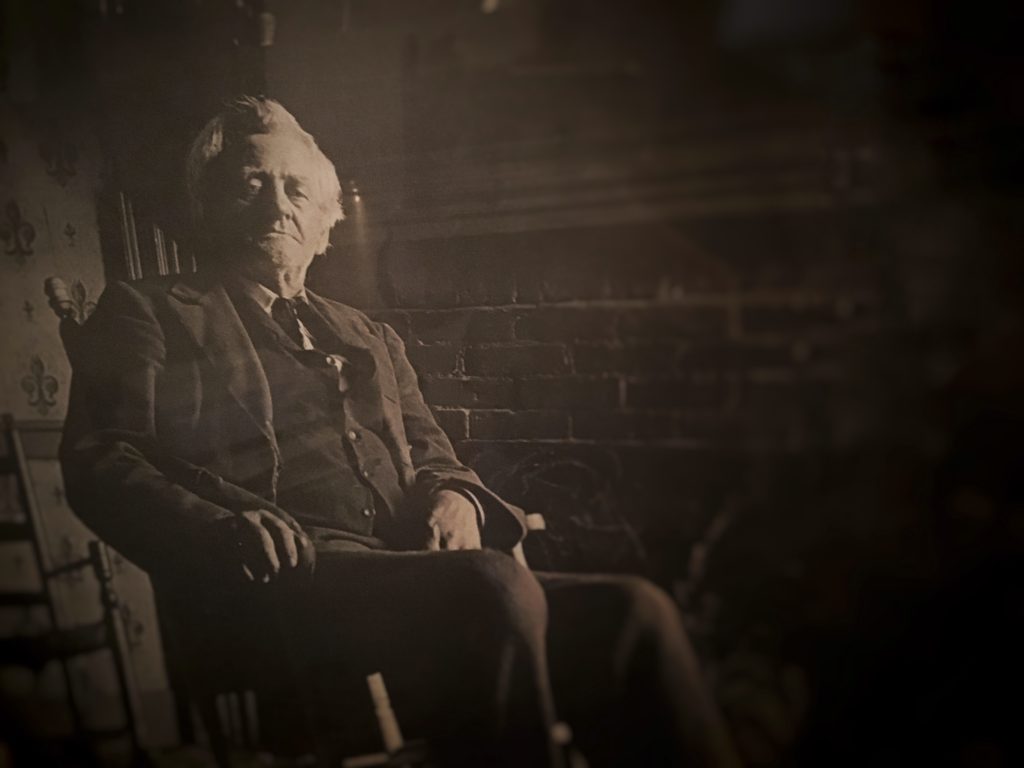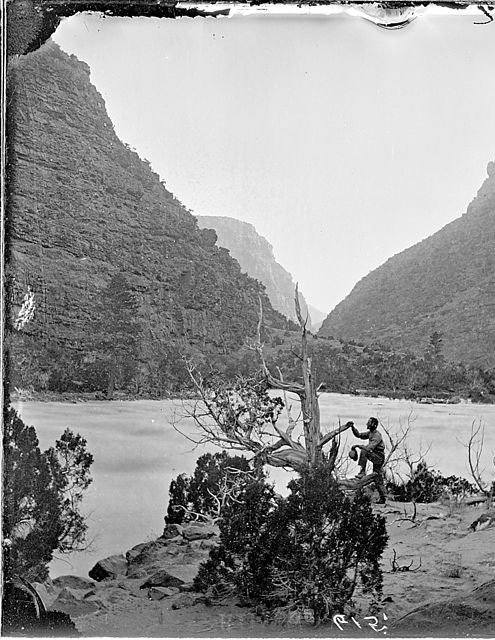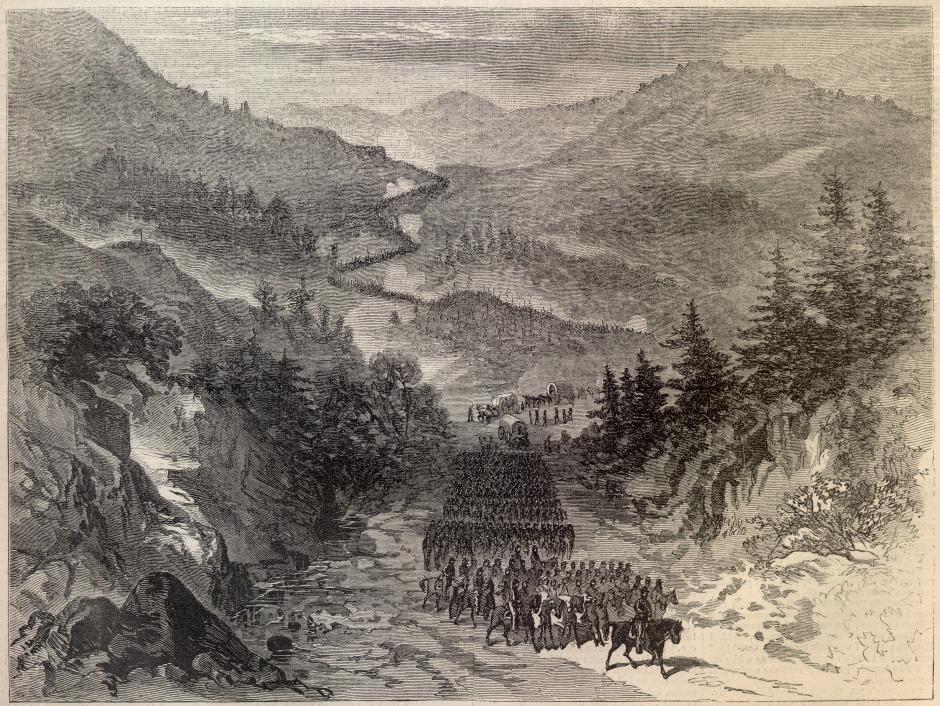
This tip was found in “The Way of the Woods: A Manual for Sportsmen in Northeastern United States and Canada,” by Edward Breck, 1908. I have been trying it out all week and it seems to work. Let me know your experience with it. It works differently depending on whether you are in the northern or southern hemispheres.

